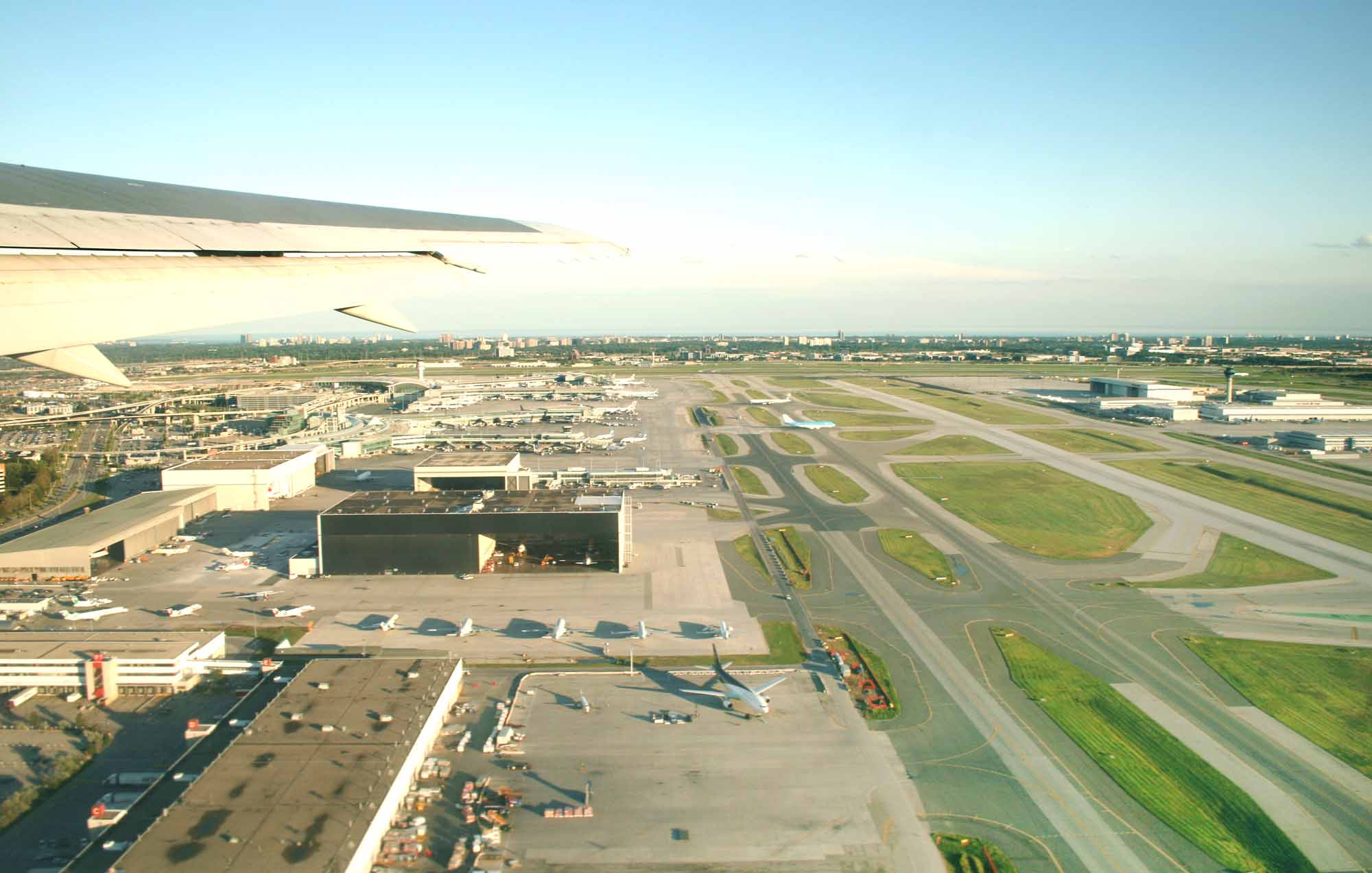The spectacular suspension bridge across the Peace River south of Fort St. John, British Columbia, was opened in the summer of 1943, replacing a ferry crossing on the Alaska Highway. It spanned the river for 14 years, until it collapsed – amazingly, without causing any injuries – following a landslide under one of the bridge abutments.
Wartime Supply Route
The suspension bridge had been erected in less than nine months, in the midst of the Second World War, by the Dufferin Paving Company and John A. Roebling’s Sons (renowned for
The highway’s approach to the bridge from the north cut through a gravelled river terrace to the massive concrete abutment constructed on shale sedimentary rock. The abutment supported a short approach span and anchored the cables from which the 142-metre long, north side span and the 284-metre main span were suspended. With similar spans on the south side, the bridge was 640-metres long. In 1946, the bridge and the highway became part of the Canadian government’s Northwest Highway System maintained by the Royal Canadian Engineers.
1957 Disaster
About 11 p.m. on 15 October 1957, the bridge was closed to traffic by an unusual subsidence, or movement of the shale rock, at the north abutment. Over the next 12 hours, a landslide on the north bank carried a million cubic metres of shale — and the anchor block — several metres towards the river, overstressing the suspension cables and eventually rupturing the cables that carried the load of the bridge deck up to the suspension cables from the side span. While the side span and the cable supports collapsed into the river, the towers of the suspension bridge, though damaged, remained standing. Hundreds of spectators — the result of jammed-up, southbound traffic on the Alaska Highway — watched the severing of an important link with southern Canada; no one was injured.
Traffic was restored after a week by a ferry which operated until the river froze three weeks later. Meanwhile the newly constructed railway bridge, five kilometres upstream, was selected as a temporary crossing. The bridge was decked and curbed, and guardrails were placed to protect the single lane of traffic. Round-the-clock traffic control was provided by Canadian Army units. The southern detour to the railway bridge crossed the
Steel Truss Replacement
The direct costs of the collapse included dismantling the failed structure (using the river ice as a working platform) and building a new bridge. The new bridge, a more conventional steel truss, was 30 metres longer but reused the piers of the suspension bridge. As of 2014 it was still standing. The natural gas cleaning plant immediately northeast of the bridge was shut down while its water supply from the river, ruptured by the landslide, was rerouted and replaced.
The indirect costs of the collapse were felt all along the highway as far as Whitehorse; traffic stopped for a week, and was later delayed by the 10-km diversion across the railway bridge. The difficulties of supplying stores, motels and service stations also affected oil and gas exploration around Fort Nelson. Total costs, direct and indirect, were estimated at about $146 million (in 2011 dollars).
The landslide on the north bank was attributed to the weathering of the shale rock after its disturbance and exposure by the construction of the bridge approach and of the water supply to the natural gas plant. Similar shales, known as clay shales, have since provided challenges to foundation engineers across the Interior Plains. The bridge failure remains an example of the far-reaching consequences of a comparatively small event.

 Share on Facebook
Share on Facebook Share on X
Share on X Share by Email
Share by Email Share on Google Classroom
Share on Google Classroom



